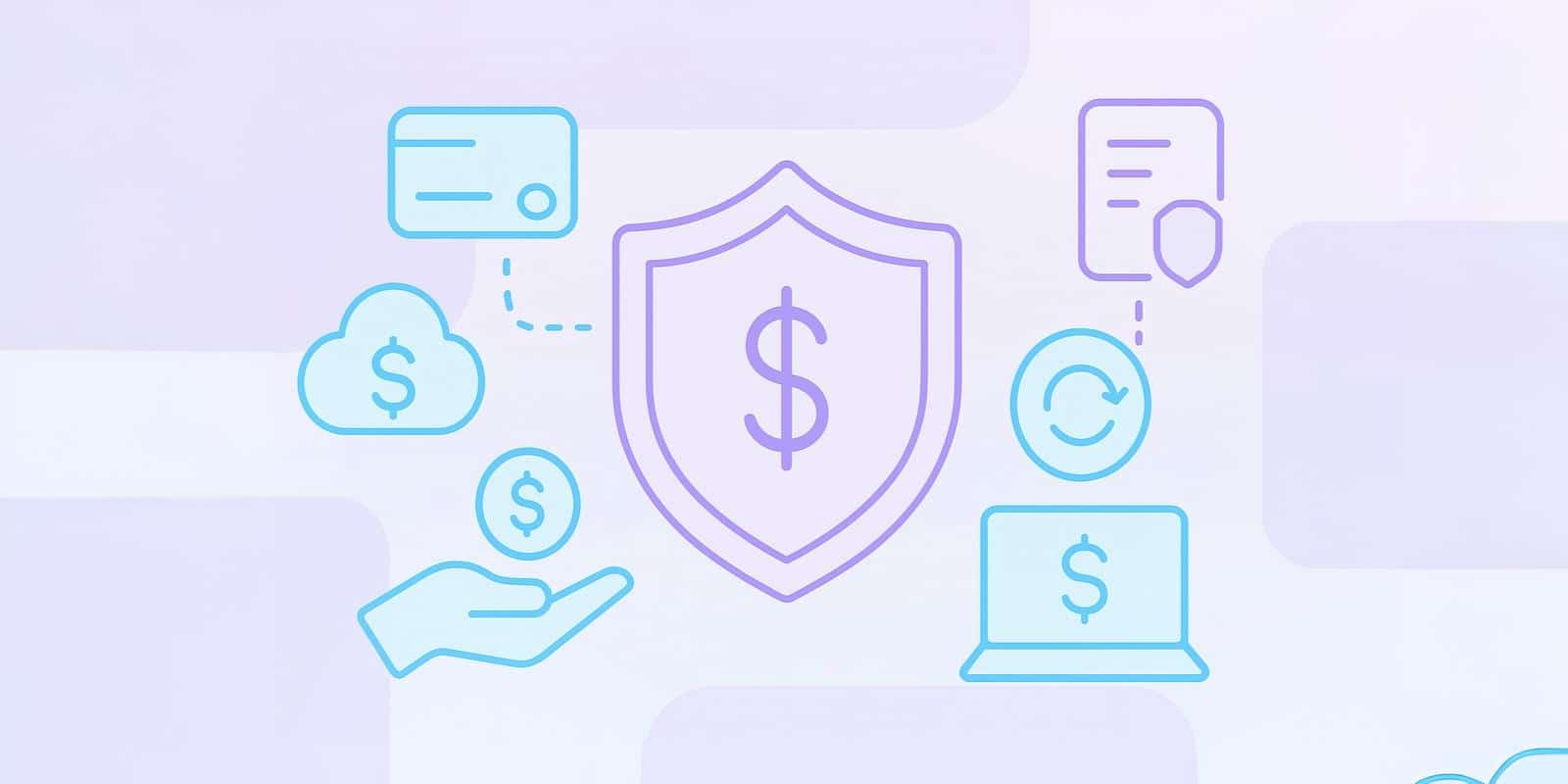Pagamentos SaaS
O que é uma taxa de estorno de SaaS?

O que é uma taxa de estorno de SaaS?
As taxas de estorno de SaaS são aplicadas quando um cliente contesta uma transação através do seu banco ou da operadora do cartão de crédito..
- cobradas adicionalmente à transação que foi contestada.
- O intervalo típico é de $20 a $100, dependendo do processador de pagamentos.
Taxas de estorno mais altas estão correlacionadas com uma série de resultados potenciais.
- Aumento dos custos de processamento
- Aumento do escrutínio bancário
- Riscos de encerramento de conta
Embora não seja comum, alguns processadores podem reembolsar as taxas se você vencer.
Como ocorrem os chargebacks em SaaS?
Quando os consumidores contestam um pagamento junto do seu banco, isso é conhecido como estorno.
Os gatilhos típicos consistem em:
- Cobranças fraudulentas ou não autorizadas
- Erros de faturação
- Confusão sobre assinaturas (cancelamentos, renovações)
- Insatisfação com o serviço
A comunicação eficaz e a assistência rápida minimizam os conflitos.
Por que as empresas de SaaS recebem chargebacks?
Devido à cobrança regular, as empresas de SaaS são particularmente vulneráveis a:
- As cobranças podem ser esquecidas ou não reconhecidas pelos clientes.
- Erros na cobrança podem levar a desacordos.
- Clientes insatisfeitos podem contestar pagamentos.
- As reclamações resultam frequentemente de cancelamentos tardios de assinaturas.
Analisar os dados de estornos facilita a identificação de tendências e o aprimoramento dos procedimentos.
Por que as taxas de estorno de SaaS são tão altas?
Essas taxas são elevadas porque:
- O gerenciamento de disputas requer trabalho administrativo.
- As empresas de SaaS apresentam um risco maior devido à cobrança recorrente.
Índices elevados podem resultar em:
- Penalidades extras
- Aumento de taxas
- Restrições de conta
Porque é que os chargebacks de SaaS são prejudiciais?
Os estornos prejudicam as empresas de SaaS ao:
- Causar perda de receita (transações revertidas).
- Aumentar os custos operacionais (tempo e esforço para contestar).
- Prejudicar a reputação junto aos bancos e clientes.
- Aumento das taxas de processamento ou risco de encerramento da conta.
O que causa os chargebacks de SaaS?
As principais causas de chargebacks de SaaS são:
- Transações fraudulentas ou não autorizadas
- Problemas com assinaturas (renovações, cancelamentos, esquecimento)
- Erros de cobrança
- Falhas técnicas
- Insatisfação do cliente
- Fraude amigável (contestação de cobranças legítimas)
Prevenção: cobrança clara, ferramentas de deteção de fraude, políticas de assinatura transparentes e suporte proativo ao cliente.
Como posso identificar estornos de SaaS fraudulentos?
O comportamento invulgar é um indicador de fraude, incluindo:
- Várias transações de diferentes locais num curto período de tempo
- Compras de alto valor com verificação de endereço (AVS) incorreta
- Atividade invulgar detetada por ferramentas de deteção de fraude
Para apoiar situações de disputa, mantenha sempre registos das transações e comunicações.
Chargebacks vs. Reembolsos em SaaS: Qual é a diferença?
Reembolsos:
- Iniciados pelo comerciante
- Preservam o relacionamento com o cliente
- Evitam penalidades e taxas do processador
Chargebacks:
- Iniciados pelo banco
- Adicionam taxas e prejudicam a reputação do comerciante
- Frequentemente utilizado se os reembolsos forem negados ou o comerciante não responder
Geralmente, os comerciantes preferem reembolsos porque mantêm o controle e reduzem os riscos.
Como é que as empresas de SaaS podem evitar estornos?
Entre as técnicas preventivas estão:
- Sem ambiguidades Integração SaaS e comunicação de cobrança
- Procedimentos de cancelamento e cobrança adaptáveis
- Ferramentas robustas para detetar fraudes em SaaS
- Suporte ao cliente rápido e atencioso
- Informar os clientes sobre os termos das suas assinaturas SaaS
Devo contestar ou aceitar os chargebacks de SaaS?
Decida com base no custo vs. benefício:
Contestar:
- Transações de alto valor
- Fortes evidências de uso válido do serviço
Aceitar:
De baixo valor disputas onde contestar custa mais do que a recuperação
O sucesso a longo prazo vem da prevenção e de uma gestão robusta de estornos de SaaS, e não de contestar todos os casos.
Conclusão
Os estornos podem ser dispendiosos, prejudiciais e frequentemente evitáveis para as empresas de SaaS. Faturação clara, suporte proativo e monitorização de fraudes, juntamente com escolhas astutas sobre que disputas prosseguir, constituem a melhor defesa.